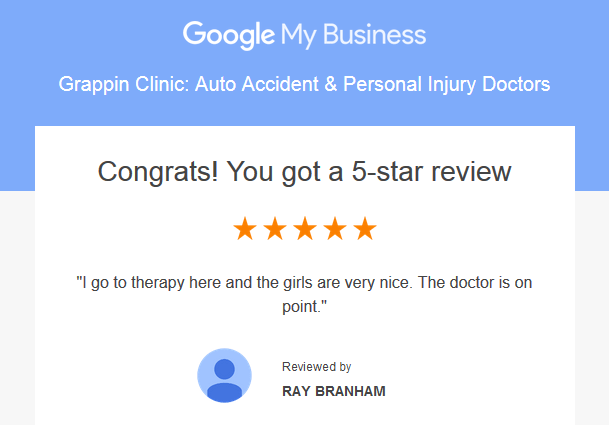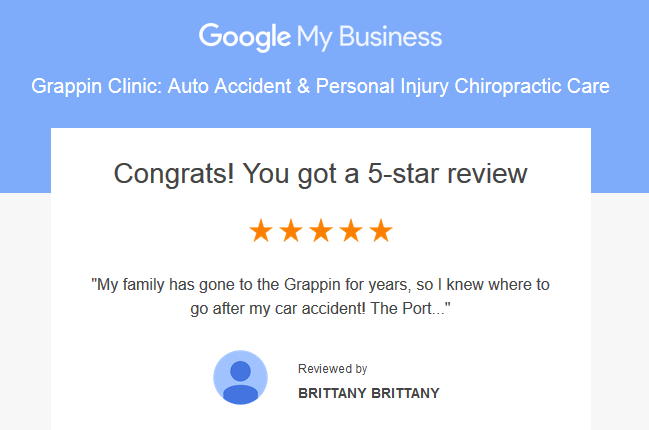What to Do When You’re Feeling Anxious
- By susant3t
- •
- 06 Sep, 2017
- •
Exhale and Relax It’s really that simple. Exhale and relax. Just exhale and relax. Sounds simple, but for some, it’s not that easy. This breathing technique I am about to teach you has been used successfully to relax countless times by actors, public speakers, and singers. It is taught in meditation, yoga, Pilates, performing arts, […]
 Exhale and Relax
Exhale and Relax
It’s really that simple. Exhale and relax. Just exhale and relax.
Sounds simple, but for some, it’s not that easy.
This breathing technique I am about to teach you has been used successfully to relax countless times by actors, public speakers, and singers. It is taught in meditation, yoga, Pilates, performing arts, martial arts, boxing, birthing, and archery. For more than 20 years in my Hypnotherapy practice I taught it to new non-smokers and people with anxiety issues.
Why?

If you take short breaths high up into the chest due to anxiety or panic (or from years of inhaling tobacco smoke), well, the lungs are held rigid by the rib cage, there’s no room for the lungs to move up there, and it can start to feel like the walls are closing in.
Have you ever felt like you can’t seem to catch your breath no matter how much air you gulp in? You are inhaling and inhaling, but it feels like you just can’t get in enough air, and your heart is racing.
By now your Sympathetic Nervous System has kicked in, adrenaline is pumping through your veins, your shoulders are raised and tense. Your body is getting ready to lunge or jump out of the way… not getting ready to give a speech.
Professional vocalists know all that upper chest breathing and tension in the shoulders would greatly affect your ability to concentrate and vocalize in a relaxed tone.
Do you ever see the shoulders of a Newsperson move when they are reading the News? No. But they are breathing. And they seem pretty relaxed.

The key to enhancing the ability to relax naturally, is to breathe horizontally, not vertically.
To do this, professionals are taught to focus on exhaling more than on inhaling more, using the diaphragm muscles of the abdomen, also known as the “belly breath”.
The only way to make words or music is by exhaling… and for as long as possible, to make as much sustained sound as possible.
Also, the longer a person exhales, the more time the lungs have to snatch oxygen from that breath, a secondary health benefit. Only about 45% of the oxygen is absorbed from each normal breath, and this is a way to increase that.
In order to exhale more than the average person would, the professional tenses their diaphragm muscles to squeeze out the air from the bottom of the lungs, so that on the next inhale, more fresh air enters the lungs that would have with a shallower breath.
So to get more air in, first you have to get more air out.
Breathing in this manner not only gives a person more oxygen, more air to vocalize or play a wind instrument, but it also activates the Parasympathetic Nervous System, the part of you that controls your relaxation response, helps you get to sleep, and stay asleep all night. When you are sleeping, your body is primarily using your diaphragm muscles to breathe, and that’s what you mimic.
The technique is as follows:
Take one deep breath, in through your nose, all the way up to your shoulders. This helps straighten the spine.
Hold the breath for at least five seconds or five heart beats.
Then purse your lips like you’re going to whistle, and making a hissing sound, slowly let out all the air.
As you slowly exhale, keep your spine straight, feel your shoulders drop, your chest drop just a little, and then start squeezing out the air in the bottom of the lungs, like you were squeezing a sponge.
Most people think of the lungs as big balloons, but they are actually more like big sponges, that also happen to be self-inflating.
So when you have squeezed out all the air, you open your mouth for maximum air flow and then quickly relax your stomach muscles, letting your stomach pop out, and your lungs will automatically inflate. Let that quick inhale be your breath.
Next, take 10-15 more full exhales from your belly, by pursing your lips, and then slowly exhaling again, making the hissing sound for as long as possible.
You squeeze those abs until there’s no more air to expel, let the muscles go, and the air rushes in through your open mouth, instead of having to wind its way through your nasal passages.
You will notice after a few uses of this breathing technique that it creates a nice feeling of mental clarity, a sense that you have plenty of air, like you literally more room to breathe, and that you have the ability to remain poised and focused while vocalizing.
If you are nervous about giving a speech or making a presentation, you can practice reading the newspaper and see how many words your can get out on one long exhale. Having control of your breath helps you feel in control in anxiety provoking situations,
Practice this breathing technique any time of day or night, until you are comfortable with exhaling for as long as you can.
Then use as needed.
.
.
.
Call Ken Steinmetz, CCHT for a free, 30 minute consultation and hypnotic screening at his San Francisco office location to find out how hypnosis can work for you. Ken also makes Personalized Self-Hypnosis MP3 Recordings at http://www.hypnosis4health.com
Article Source: http://EzineArticles.com/expert/Ken_Steinmetz/2431314

There are various types of massage therapies, including sports massage, trigger point massage, deep tissue massage, and Swedish massage. Although these treatments can range in pressure, they all offer invaluable benefits for the body, mind, and spirit. Read on for the top six benefits of massage therapy.

Are you looking for a new, effective way to improve your physical health? Medical massage therapy is here to provide the natural health benefits you need. From optimizing circulation to relieving muscle tension and inflammation, medical massage is a powerful treatment for pain reduction and overall wellness.























